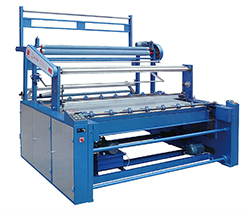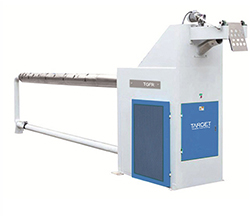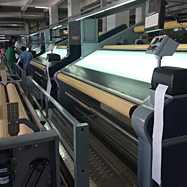
Submitted papers should be well formatted and use good English. The Article Processing Charge (APC) for publication in this open access journal is 2400 CHF (Swiss Francs).
Please visit the Instructions for Authors page before submitting a manuscript. Pharmaceutics is an international peer-reviewed open access monthly journal published by MDPI. A guide for authors and other relevant information for submission of manuscripts is available on the Instructions for Authors page. All manuscripts are thoroughly refereed through a single-blind peer-review process. Submitted manuscripts should not have been published previously, nor be under consideration for publication elsewhere (except conference proceedings papers). For planned papers, a title and short abstract (about 100 words) can be sent to the Editorial Office for announcement on this website. Research articles, review articles as well as short communications are invited. Accepted papers will be published continuously in the journal (as soon as accepted) and will be listed together on the special issue website. All submissions that pass pre-check are peer-reviewed. Manuscripts can be submitted until the deadline. Once you are registered, click here to go to the submission form. Manuscripts should be submitted online at by registering and logging in to this website. This Special Issue aims to focus on the bench-to-bedside development of PLGA nanoparticles including (but not limited to) design, development, physicochemical characterization, scale-up production, efficacy and safety assessment, and biodistribution studies of these nanomedicine formulations. Nanomedicines based on PLGA nanoparticles can offer tremendous opportunities in the diagnosis, monitoring, and treatment of various diseases. Furthermore, PLGA is approved by the European Medicines Agency (EMA) and the Food and Drug Administration (FDA) for use in pharmaceutical products.

Poly(lactide-co-glycolide) (PLGA) is one of the most commonly used polymers in nanomedicine formulations due to its excellent biocompatibility, tunable degradation characteristics, and high versatility. Encapsulation of active pharmaceutical ingredients within nano-size carriers offers several benefits, namely, protection of the therapeutic agents from degradation, their increased solubility and bioavailability, improved pharmacokinetics, reduced toxicity, enhanced therapeutic efficacy, decreased drug immunogenicity, targeted delivery, and simultaneous imaging and treatment options with a single system.

There is also the use of four uprights to fix the station, the advantage is that the machine runs more stably.Nanomedicine is among the most promising emerging fields that can provide innovative and radical solutions to unmet needs in pharmaceutical formulation development. The cam also has a fixed box core shaft, which has the advantage of a uniform level of adjustment scale, and it is more convenient for customers to adjust the alignment.Ī safety cover is deliberately added to the top of the forming station, which can protect the staff even if they are close. The advantage is that it will not be deformed and the operation is more stable. The cam of the forming station is a floor-standing box seat integrally formed by cast steel.

Its applicable materials are: PVC, pet, ps and other production materials, and it is also a dual-purpose machine for aluminum-aluminum and aluminum-plastic.ġ30 pills blistering packing machine tablets has the function of automatic molding. DPP130 is an pill blister packing machine tablets that can automatically pack tablets, capsules, electronic cigarettes, and candy into aluminum-plastic or aluminum-aluminum plates.


 0 kommentar(er)
0 kommentar(er)
